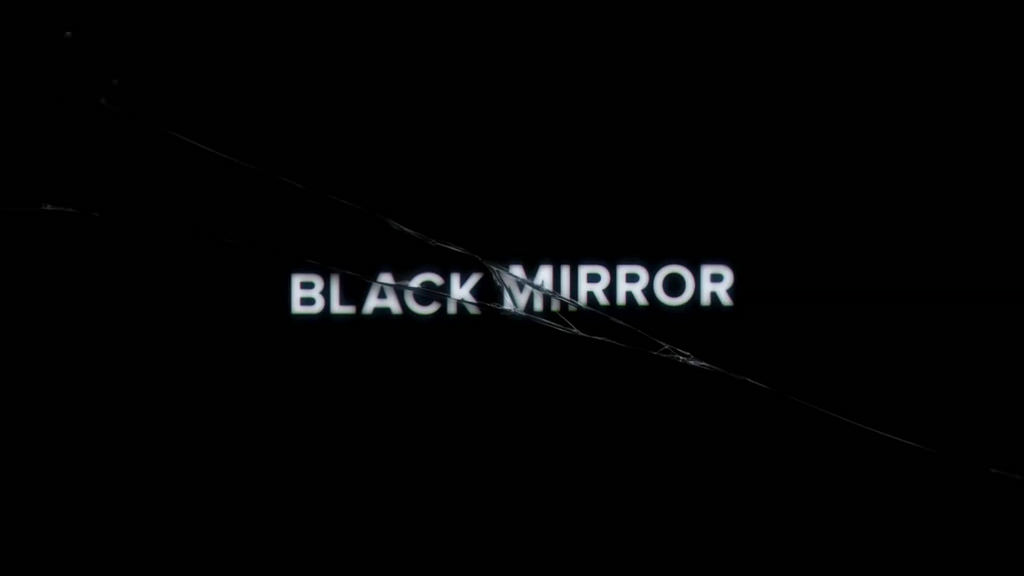‘Black Mirror,’ the Twilight Zone-esque series in its third season on Netflix, features suspenseful one-off episodes that examine the darker side of modern technology. The sci-fi drama is uncomfortable—and at times, terrifying—precisely because of how plausible the scenarios are, whether set today or in the distant future. The show earns its name by mirroring reality in a bleak, black way.
Some episodes of ‘Black Mirror’ serve as cautionary tales about technology, but it’s rarely the tech itself that is the villain. More than anything, ‘Black Mirror’ is brilliant at uncovering the chilling situations innovation makes possible, turning them into fresh narratives for the speculative fiction genre.
Many episodes are centered around products, services or technologies that exist today, whether in a semi-advanced state or in infancy. Here’s a look at some that are closer to reality than you might think.
Capturing and replaying memories
In the first season’s third episode, ‘The Entire History of You,’ people have implants that allow them to record their experiences and replay them at will. This ability allows the characters to obsessively replay bits and pieces of their history—in this episode, to examine a broken relationship and find evidence of a partner’s cheating.
Today, our lives are more recorded than ever; our digital footprint includes not just photos, but everything we say, do and search online; what our virtual assistants hear; and footage from every street or building with a camera. Most of us rely on our phones to capture and relive moments, and high-tech eyewear is right around the corner. Though Google Glass’ first iteration was a bust, products like Snap Inc Spectacles promise to “make memories from your perspective.” If you think that’s excessive, Sony’s patent on a contact lens camera could subtract the nerdy head gear from the equation.
Human batteries
In “Fifteen Million Merits,” people exercise on bikes to power their surroundings and earn “Merits.” Characters have to pay to skip advertisements during everyday activities, and often watch reality shows to distract them from their inane existence.
Apps like Pact already gamify your exercise routine by helping you earn (or lose) money depending on your activity level. As for human batteries, if you’ve seen this concept of a floating gym powered by human workouts in Paris, you know that it’s possible in theory. A stamp-size device has even been invented to power mobile devices using the wearer’s daily movements.
The social credit system
In the first episode of the third season, “Nosedive,” a woman struggles to get to a friend’s wedding as her personal rating goes down and bars her from certain privileges. This touches on a very real reliance many have on online ratings and social media validation.
The Chinese government has already developed a social credit system that generates scores based on day-to-day behavior. Stateside, an app called Peeple touted as the Yelp for people received fervent backlash prior to launch. Lulu, an app that rated men, faced outrage for a similar reason and changed into a conventional dating app as a result. Even in the face of distaste, it’s impossible to deny how much sway these systems have on personal and professional status: for example, networking events that are limited to attendees with 500K followers or more.
Preserving your identity with AI
In the episode “Be Right Back,” a young widow enlists a service that uses online data and social media to recreate her dead husband in body and mind.
As robots get closer to human every day, the AI component is improving as well. ETER9, still in beta, exists expressly to create AI extensions of people capable of posting, liking, and commenting online even after you are gone. Similarly, Eternime wants to preserve people as digital avatars that their descendants can ask questions beyond the grave.
A Russian coder named Eugenia Kuyda debuted a similar project for a deceased friend, using over 8,000 lines of donated text to create a messaging app that his friends and family could interact with.
Advanced AR and VR
In “PlayTest,” an American traveler named Cooper is paid to test an augmented reality game for a prestigious, secretive gaming company.
The first game he tests is an AR whack-a-mole game; the next is a 4D horror experience that generates a mixed reality based on the player’s greatest fears (or so the audience thinks). The game embeds an implant at the tip of the spine to function.
With the help of AR headsets like the Hololens, the whack-a-mole game is an easy reality. As for the next game, 4D VR is also underway: a full body suit called Skinterface can let players feel what happens during a VR game, like Cooper did in the episode, though not as painfully. And while there are no thought-gathering implants at the moment, the game Nevermind collects physical and emotional feedback to alter its course, not unlike the game in “Playtest.”
It looks like we can look forward to the technologies that make ‘Black Mirror’ so creepy as much as we can the promise of Season 4.
